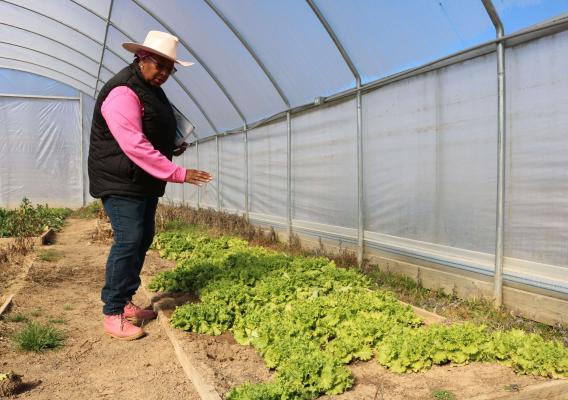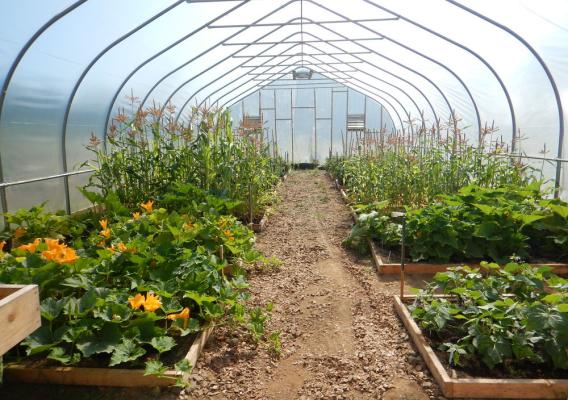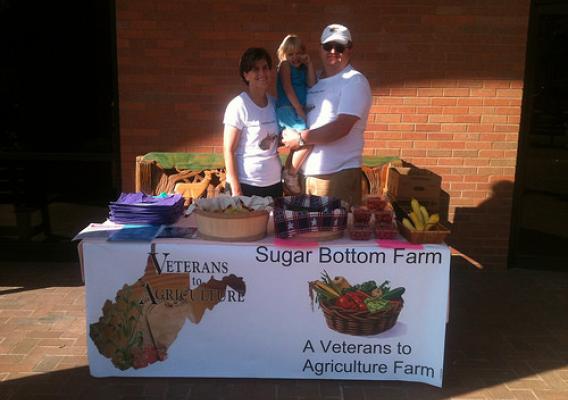There’s nothing better than talking about food over a delicious meal of fresh, locally produced ingredients. I had the chance to do that recently, when I visited Central Foods, a Spokane, Washington, restaurant that sources from local farmers and ranchers. There, I met with stakeholders and producers who are taking advantage of new economic opportunities created by the growing consumer demand for local food. We had a great conversation about how USDA supports local food systems and how we can continue to do so in the future.
In communities across America, entrepreneurs like Beth Robinette and Joel Williamson from Spokane's LINC Foods and Teri McKenzie from Inland NW Food Network are invigorating rural economies by connecting local farmers and consumers. They are opening up new markets for farmers, drawing young people back to farming, and increasing access to fresh foods for consumers. That’s why USDA has identified strong local and regional food systems as one of four pillars for rural economic development, and we’ve stepped up our support for this important sector of agriculture.










